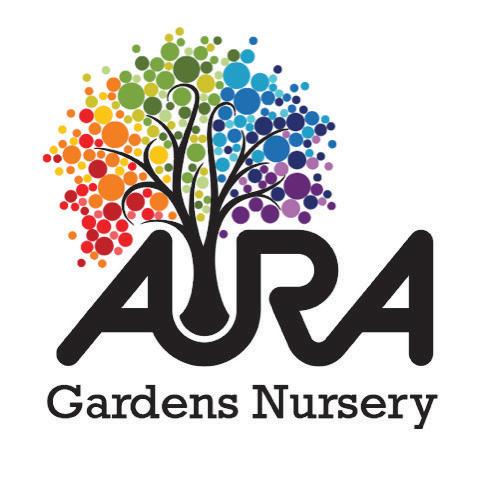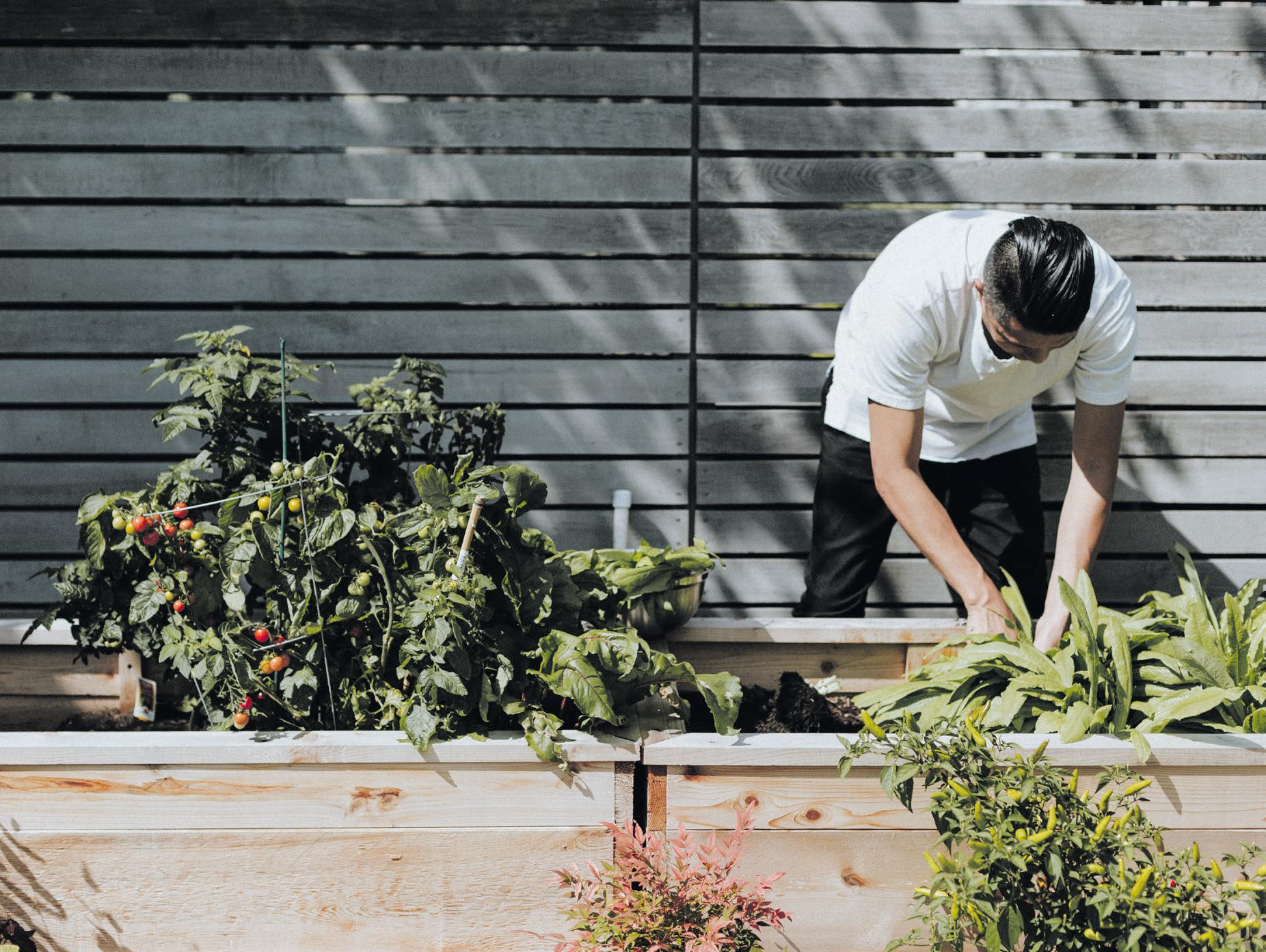
3 minute read
Cost-Effective Gardening: Maximizing Your Green Space on a Budget
Gardening is a wonderful and fulflling hobby, but it can sometimes be perceived as expensive. However, with a little creativity and resourcefulness, you can enjoy a beautiful garden without breaking the bank. In this article, we will explore some cost-effective gardening strategies that will help you maximize your green space while minimizing expenses.
Start with Proper Planning: Before you begin planting, take the time to plan your garden layout. This step will save you money by preventing unnecessary purchases and ensuring that you make the most of the available space. Consider factors such as sunlight exposure, soil quality, and water accessibility. By strategically placing plants and utilizing every corner of your garden, you can maximize its potential. Grouping plants with similar watering and sunlight requirements will also save you time, effort, and resources in the long run.
Opt for Seeds and Cuttings: Seeds and cuttings are signifcantly cheaper than buying fully grown plants. Explore local seed exchanges or swap with fellow gardeners to diversify your plant collection without spending much. Additionally, taking cuttings from existing plants allows you to propagate new ones, expanding your garden at no extra cost. Many plants, including herbs, vegetables, and fowering perennials, can be easily propagated from cuttings. With patience and proper care, you’ll soon have a bountiful garden flled with plants you’ve grown from scratch.
Compost and Mulch: Creating your own compost is a costeffective way to provide your garden with nutrient-rich soil. Use kitchen scraps, yard waste, and other organic materials to produce compost that will nourish your plants naturally. Composting not only reduces your household waste but also saves you money on commercial fertilizers. Mulching, on the other hand, helps retain moisture, suppress weeds, and regulate soil temperature. Grass clippings, leaves, or wood chips can be used as mulch, often available for free or at a minimal cost. By utilizing compost and mulch, you’ll improve soil fertility, reduce water consumption, and minimize the need for chemical fertilizers or synthetic pesticides.
Embrace Perennials and to pests and diseases, reducing the need for costly interventions. Native plants are typically well-adapted to the local climate, requiring less water and care. Research which perennials and hardy plants thrive in your region and select a variety that offers a range of colours, textures, and bloom times to ensure year-round interest in your garden.
DIY Garden Structures and Containers: Instead of purchasing expensive garden structures and containers, consider making them yourself. Upcycle old wooden pallets into raised beds or create trellises using bamboo or wire. Look for creative alternatives such as repurposed tires, buckets, or even old furniture for unique and budget-friendly plant containers. You can also repurpose household expensive endeavour. By employing these cost-effective gardening strategies, you can create a beautiful and fourishing garden on a budget. Remember, careful planning, seed and cutting propagation, composting, choosing the right plants, and getting creative with DIY projects will help you save money while enjoying the rewards of a thriving garden. So roll up your sleeves, put on your gardening gloves, and start growing your green oasis without breaking the bank!
By starting with proper planning, opting for seeds and cuttings, composting and mulching, embracing perennials and hardy plants, and utilizing DIY garden structures and containers, you can create a cost-effective garden that brings joy and beauty to your outdoor space. Not only will these strategies save you money, but they will also promote sustainability and self-suffciency. Growing your own food from seeds and cuttings projects add a touch of creativity and uniqueness to your garden. Remember to also take advantage of local resources and communities. Attend plant swaps or join gardening groups where you can exchange plants, seeds, and knowledge with fellow enthusiasts. Local garden centres or agricultural extension offces may offer free or discounted resources and workshops to support gardeners in the community.
Lastly, don’t be afraid to experiment and learn from your gardening experiences. Some plants may thrive better in your specifc microclimate or soil conditions, while others may not perform as well. By observing and adapting, you can refne your gardening techniques and invest your resources wisely.
So, whether you have a sprawling backyard or a small balcony, cost-effective gardening allows you to create a lush and vibrant space without breaking your budget. Embrace the joy of nurturing plants,
Hardy Plants: Investing in perennials and hardy plants is a smart choice for cost-effective gardening. These plants come back year after year, eliminating the need to repurchase them annually. They require less maintenance and are often more resistant items like mason jars or tin cans as small pots for seedlings or herbs. Not only will DIY projects save you money, but they’ll also add a personal touch and unique character to your garden.
Gardening doesn’t have to be an reduces reliance on store-bought produce, while composting and mulching minimize waste and reliance on chemical fertilizers.
Embracing perennials and hardy plants reduces the need for frequent replacements and maintenance, and DIY savour the satisfaction of growing your own food, and revel in the beauty of nature right at your doorstep. Gardening is not just a hobby; it’s a rewarding journey that connects us with the natural world and brings tranquillity to our lives.












